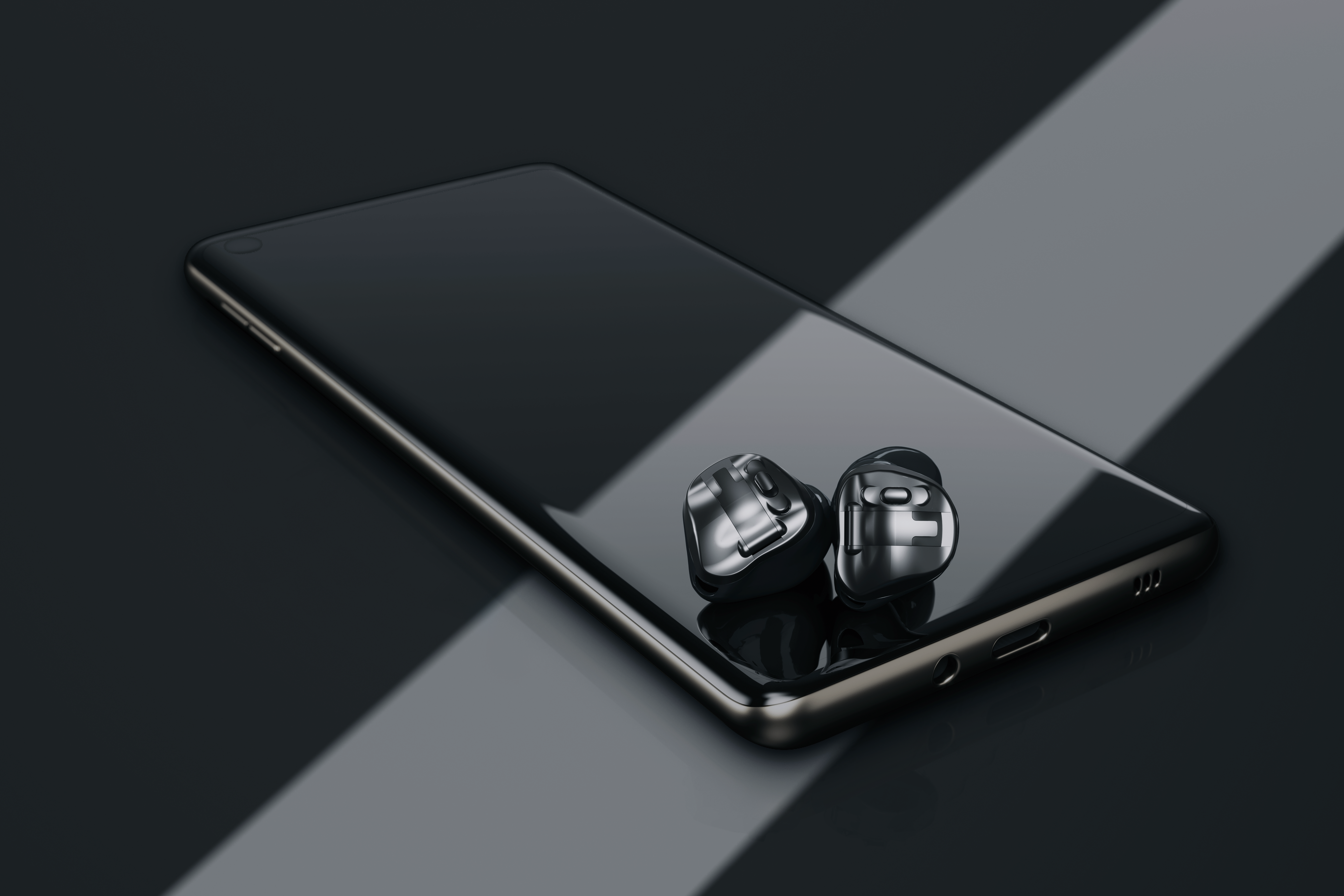Blurring the Lines Between Hearing Aid and Hearable
AudiologyOnline: With hearing technology becoming more accessible, why are people with untreated hearing loss still delaying receiving amplification?
Rachel Bishop, AuD: According to the World Health Organization, nearly 500 million people have disabling hearing loss but only 31% seek treatment, usually after waiting 4 to 6 years. In countries where the nationalized healthcare system provides hearing aids free of charge, we see that number rise, but only slightly to 40%. So, when cost is taken out of the equation, what remains, at least in part, is stigma.
AudiologyOnline: Why is hearing aid stigma still a concern in today’s age?
Rachel Bishop, AuD: In the last 20 years, we have seen the destigmatization of other facial medical devices, like glasses and braces, which slowly happens as they have begun to normalize. Treating vision loss and crooked teeth are no longer fuel for teasing as they have been in the past.
The impact of hearing loss isn’t as overt — when someone misses the punchline of a joke or a comment made under someone’s breath, they miss out on laughter and connection. The impact that a hearing loss has on these social subtleties can be perceived by others as being slow, stand-offish, awkward or a “stick-in-the-mud.” Glasses and braces completely correct the intended problem; either permanently after treatment or due to regular use like with glasses. When you treat your hearing loss with hearing aids, you miss out on fewer inside jokes, but due to the sensorineural nature of most hearing losses, amplification only helps to a certain extent based on the integrity of the remaining hair cells.
Secondly, glasses and braces can be worn by people of all ages, but due to the age correlation with hearing loss, people postpone the acquisition of hearing aids until their hearing loss is no longer bearable because they don’t see themselves as “old,” and would prefer that others don’t see them this way either.
AudiologyOnline: How is ear level technology potentially influencing the hearing care industry?
Rachel Bishop, AuD: Since the release of the first generation of Apple AirPods in 2016, the adoption of ear-level technology has exploded. Outside of general cool-points, it’s so convenient to not have your ears tethered to your phone!
For example, I forgot my Virto Marvel hearing aids when I arrived at the gym and had to dig around in my gym bag for an old set of corded headphones. They fell out no fewer than 10 times during my workout, and I was getting tangled in the cords during resistance training.
Our smartphones are so central to our lives: work, communication, entertainment. According to Techcrunch.com, Americans are now streaming nearly 6 hours every day. If you’re sleeping only 6 hours a night, that’s 30% of your life you spend interacting with smart devices.
With the prevalence of streaming in public which, if you’re polite, is done wearing headphones, this is impacting the normalization, acceptance and willingness of patients to wear an ear-level medical devices that look like a set of headphones or earbuds, that everyone is wearing.
AudiologyOnline: Why is connectivity important for a custom hearing aid patient?
Rachel Bishop, AuD: Connectivity is a top priority for most hearing aid patients, but the Virto Marvel is the world’s first custom hearing aid with true hands-free calls that directly connects to iOS, Android or any Bluetooth®-enabled device. It’s really the only connectivity solution available on the market that is viable for all non-iOS users, but beyond that people don’t just want connectivity on their phone. According to Rev.com, 28% of baby boomers are getting their news online rather than on TV, and since Marvel runs on classic Bluetooth, it can connect to all of their smart devices, wherever they like to consume their content.

AudiologyOnline: Besides connectivity, what other benefits can Virto M Black hearing aid wearers experience?
Rachel Bishop, AuD: Marvel’s “love at first sound” experience! From the moment of truth when the hearing aids are first turned on, through everyday life and even when hearing gets tough, the Virto Marvel offers clear, rich sound. Our StereoZoom technology gives the patient better hearing performance and reduced listening effort in noise.
Finally, Marvel classifies streamed signals for speech and music resulting in top rated streamed sound quality on the phone, PC, tablet or TV- virtually any Bluetooth-enabled device.
AudiologyOnline: Phonak has launched RogerDirect with other hearing devices in the Marvel portfolio. Is it featured with Virto M Black?
Rachel Bishop, AuD: Yes! For the first time ever, Roger technology is available in a custom hearing aid without an external receiver. In the past, Roger wasn’t really a viable option for custom hearing aid users. There were too many physical barriers due to the ComPilot II with Roger X receiver attached that needed to be worn around the neck to stream the signal from the microphone to the hearing aid.
Today, thanks to RogerDirect, the Roger microphone transmits directly to the hearing aid and custom users have access to all benefits for in hearing in noise and at a distance.
AudiologyOnline: Does Virto M feature any other colors?
Rachel Bishop, AuD: Yes, the Virto M-312 is available in skin tones for those patients who would prefer a less bold design. And, Virto M-Titanium is an option for those hearing aid wearers looking for a discreet, durable and lightweight device.
For more information, please visit Phonak.com or the Phonak Partner Page on AudiologyOnline.


